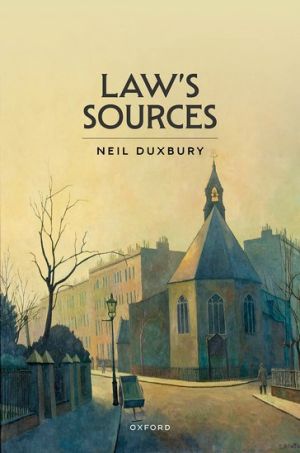
Law has sources - sources of actual law, and sources of information and opinion about law. Familiarity with these so-called primary and secondary sources is integral to law-application, and to making the strongest case possible for how particular laws should be interpreted and understood. Yet law's sources raise thorny questions. Are the norms that courts enforce as law always attributable to primary sources? Can a bright-line distinction be drawn between what judges apply as law and what they rely on when interpreting what they apply? When, and how, do secondary sources get upgraded to acquire primary status? Do some sources have neither primary nor secondary status? How is scholarship used as a secondary source?
Law's Sources considers these and other questions, not simply as matters of legal theory but as aspects of judicial decision-making and practical legal reasoning. Chapter 1 traces the historical conceptualization of legal sources as criteria of legal validity. Chapter 2 examines laws as norms and sources. Chapter 3 considers the tenacity of the 'sources thesis'. Chapters 4 and 5 defend the distinction between primary and secondary sources and examine instances in which secondary sources are made to function like primary sources of law. Chapter 6 considers the legal status of Restatement provisions in US courts and how Restatements are sometimes treated as binding authority. Chapter 7 examines the complexities concerning the identification of applicable law by law-enforcing officials. Chapter 8 considers how judges view and utilize scholarship as epistemic and persuasive authority.